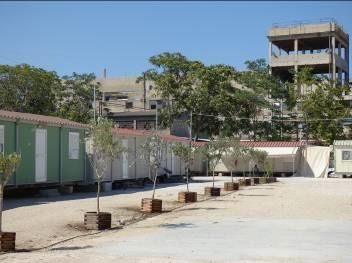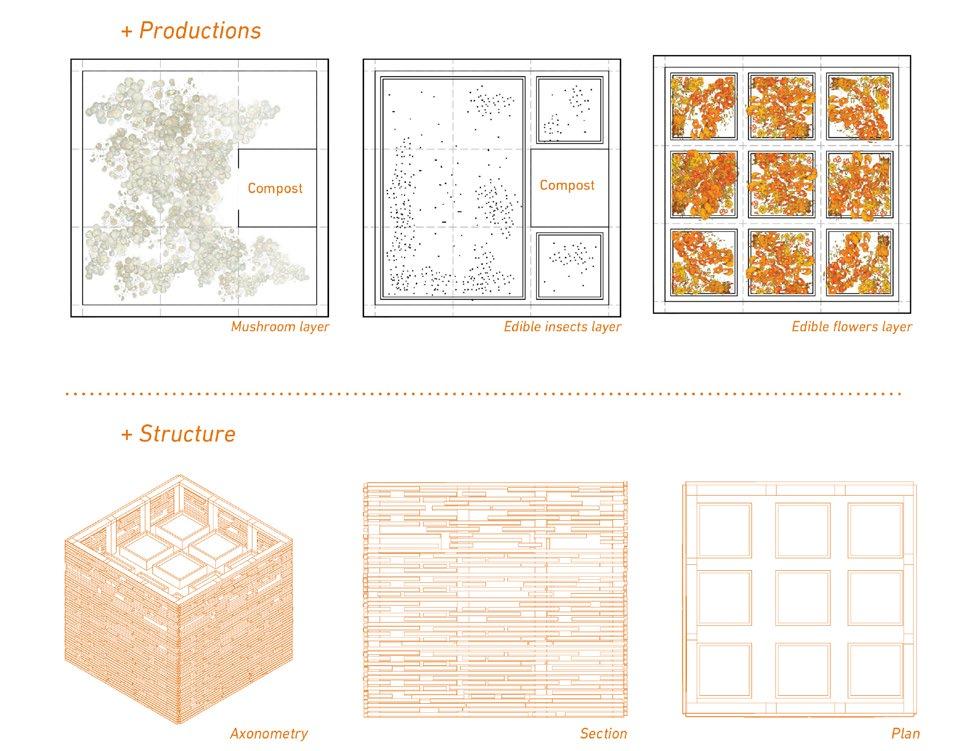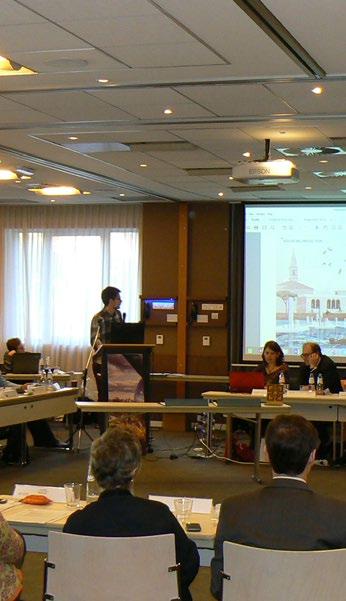
3 minute read
Greece Rethinking the Greek Urban Landscape
Rethinking the Greek Urban Landscape
KATERINA GKOLTSIOU IFLA EUROPE DELEGATE
Advertisement
Today landscapes are rapidly transformed according to the societal needs and recent development trends. In Greece, starting from the Olympic Games, the boost of landscape works has declined during the years of economic crisis. Although many of the Olympic projects were abandoned and remained unused till today, the supporting infrastructures or parks have changed the image of the cities. There are some good examples of landscape design projects, which show the way Greek Landscape Architects are thinking of the future urban landscapes. Among the public parks, the most well-known and newly constructed is the Stavros Niarchos Park (210.000 m2). It is one of the most significant cultural and environmental projects ever undertaken in Greece, by the Stavros Niarchos Foundation’s (€596 million donations). The Architectural Design was done by Renzo Piano Building Workshop and the Landscape Design by D. Nevins & Associates/H. Pangalou & Associates.
Stavros Niarchos Park. Athens 2016 © H. Pangalou & Associates
The basic concept was to create a sustainable park with its own ecology and the unique biodiversity of a Mediterranean hill. This idea is expanded to the green roofs of the National Library and all plants are indigenous from the Greek islands.
Another good example is the linear park along the waterfront of Thessaloniki, which is consisting 8 thematic gardens. The garden of water designed by landscape architects from the Nikiforidis-Cuomo Architectural office emphasises the value of biodiversity in water habitats as well as the importance of Greek nature in the urban waterfront environment.
Thessaloniki’s New Waterfront. The garden of water. Source: Photo archive of Z. Karakinari Due to the economic crisis and the increase of social need for more green spaces, urban agriculture is also among the most current trends. Community gardens supporting production functions through the growth of edible and ornamental plants are particularly important for residents in low-income areas.
The project called “e co llectiva”, awarded the first prize in the national architectural competition Athens x4 and the 1st International Prize in the 4th Landscape Architecture Exhibition in Belgrade. The designers Katerina Petsiou (Architect) & Thanassis Polyzoidis (Landscape Architect-Architect) aimed to create an urban garden-park which promotes the concept of collective activity and self – management, where nature “invades” the city and encourages the participation of engravings collaborative services through an internet platform.
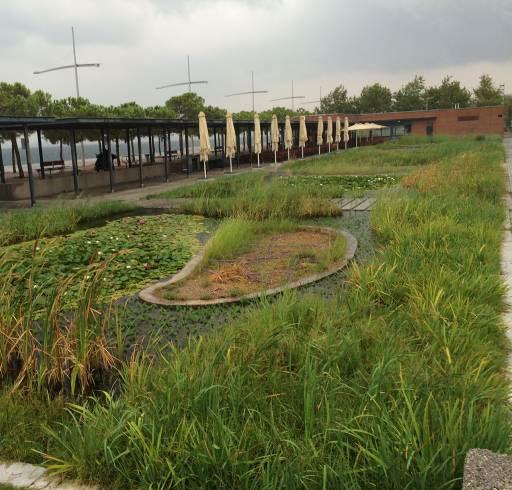
E_co_llectiva project. Designers Katerina Petsiou (Architect) & Thanassis Polyzoidis (Landscape ArchitectArchitect) © Katerina Petsiou Thanassis Polyzoidis

Green roofs are essentially a new alternative of a network of outdoor green spaces and the Greek Government is nowadays more sensitive towards their installation. The motivation for having LEED certification of a building, may conduct the whole landscape design towards a more holistic approach. A good example of Leed Gold Certified is the Karela Office Park designed by Kokkinou - Kourkoulas (Architects) and H. Pangalou & Associates (Landscape Architects), comprising a green roof (7.000m2) which is formed by linear plantings of Greek, Mediterranean herbs.
Karela Office roof garden © H. Pangalou & Associates
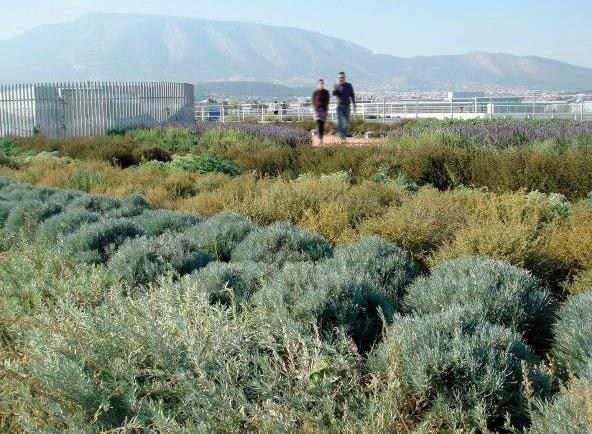
Lastly, a new challenge for landscape architects are the refugee camps placed all over Greece marking a new type of urban landscape. PHALA focused on landscape design of two Refugee camps in Greece.
One is the “Elaionas” Refugee Camp located in the centre of Athens and the other one is in Thessaloniki. The design proposals have been planned to create hardscape and softscape structures accessible to its existing as well as prospective users. It was imperative that the transformation of the sites addresses the basic and essential needs of the refugees such as generating softscape elements and sheltered spaces.
“Elaionas” Refugee Camp, © PHALA
